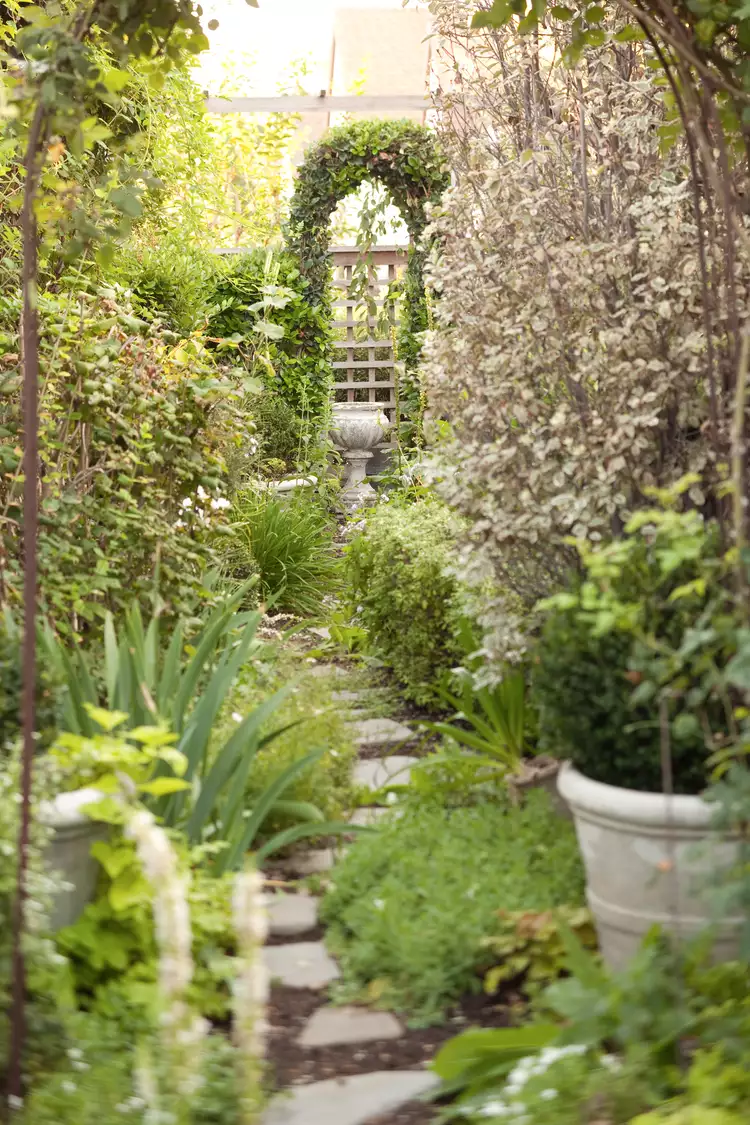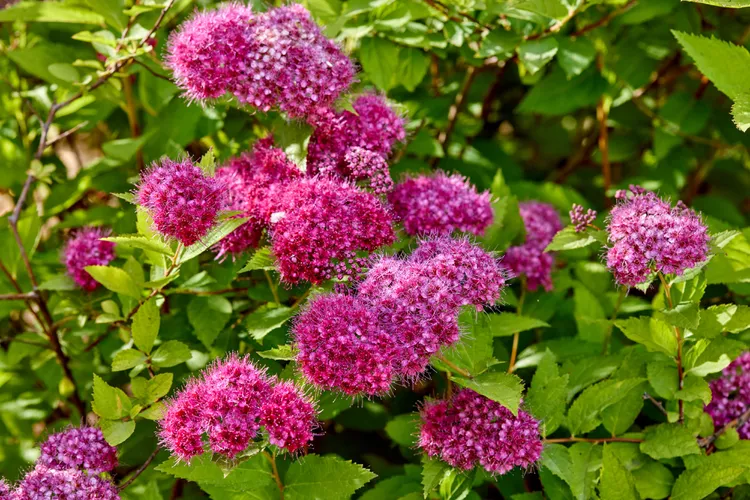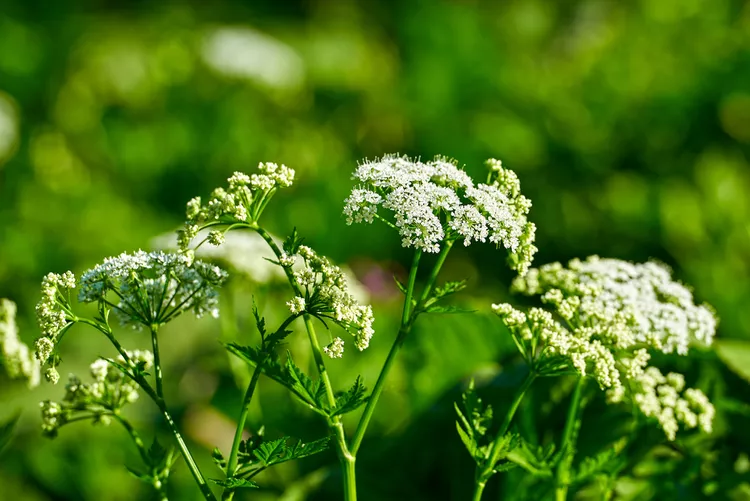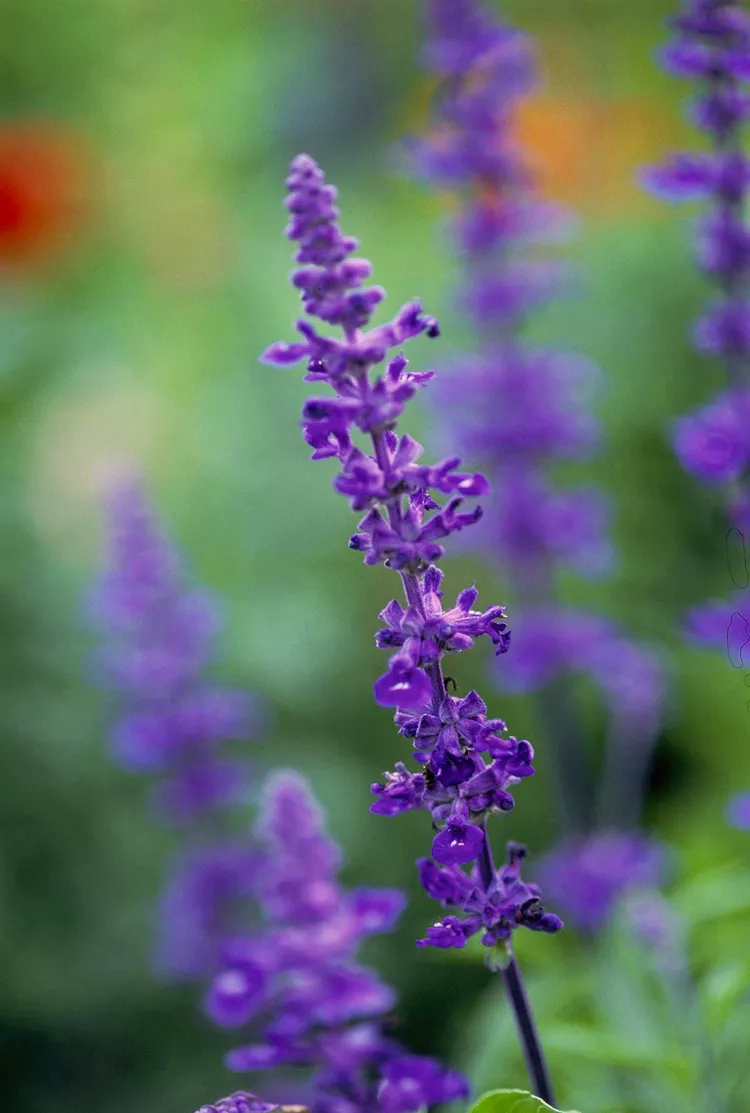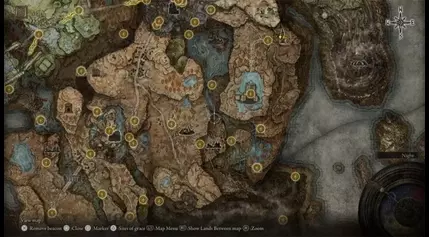Unraveling the Enchantment of Alan Wake 2's Mystical Forests
In the dark and enigmatic world of Alan Wake 2, the forests are not merely backdrops, but intricate tapestries woven with the threads of Finnish folklore and the haunting essence of the Pacific Northwest. These verdant realms, where the boundaries between reality and the supernatural blur, offer a captivating exploration of the concept of "metsänpeitto" – the forest's cover – and its profound influence on the game's design and narrative.Delving into the Mystical Realm of Alan Wake 2's Forests
Metsänpeitto: The Forest's Enchanting Veil
The concept of "metsänpeitto," a Finnish folklore phenomenon, is a central theme that permeates the design of Alan Wake 2. This notion of the forest's cover, where wanderers become lost and hidden within the tangle of twig and bark, is a powerful metaphor for the game's exploration of parallel realities and the blurring of boundaries between the physical and the metaphysical.According to writer Sinikka Annala, metsänpeitto describes a state where individuals become invisible or unidentifiable, becoming "lost parts of nature" within the forest's purgatory. The disorientation and distortion of senses experienced by those caught in the spell of metsänpeitto are echoed in the game's Dark Place, where the player navigates through a zig-zag tunnel adorned with murals that shift and change, guiding them through an unspoken narrative.
The influence of metsänpeitto can be seen in the game's interdimensional Overlaps, where protagonists Alan and Saga first encounter each other, as well as in the forest puzzles that challenge the player to unravel macabre fairytales by arranging dolls. The swaddling of enemies in defensive optical distortions and the silhouettes that appear projected from behind the player further reinforce the sense of being trapped within the forest's enchantment.
Forests as Haphazard Meeting Grounds
As spaces where boundaries sprout and disintegrate, and everyday laws are suspended, forests in Alan Wake 2 serve as ideal, haphazard meeting places for disparate elements. The game's forests are not just Overlaps between the living world and the Dark Place, but also between North American and Finnish mythology.Lead writer Clay Murphy observes that "Numerous parts of Alan Wake 2's design and story relate in some way to the core concept of metsänpeitto, to the idea of traversing parallel spaces using dream logic and rituals." The light shifter puzzles in the Dark Place, Saga's navigation through distinct loops of an Overlap, and the glimpses of one another between realities all speak to the game's exploration of these intersecting realms.
The game's choice of trees, drawing upon Remedy's research trips and surveys of the Pacific Northwest biome, further reinforces this Overlap. The birch trees in the Finnish-influenced town of Watery, the primordial and threatening Douglas firs in the Cauldron Lake area, and the monstrous, ruined trunk in the forest's heart – each element carries symbolic weight, weaving together the game's diverse cultural influences.
Forests as Fickle Foes for Developers
Forests, with their flexing and fussy organic structures, present unique challenges for game developers. The repetition of trees, coupled with their fundamental dissimilarity, can threaten monotony while remaining visually captivating. The intricate play of light and shadow, the dispersing shapes of leaves, and the overall sense of a living, breathing ecosystem are all factors that developers must grapple with.Remedy's approach to the forests in Alan Wake 2 showcases a deep understanding of these challenges. By scattering the trunks according to research into growth patterns and employing analogous, quasi-fairytale structures, the developers have crafted virtual forests that feel alive and enchanting, mirroring the player's own sense of disorientation and wonder.
The Snowfly Forest of Vagrant Story, with its rhizomatically linked clearings, serves as an example of how video games can uniquely provide these haphazard, labyrinthine spaces that defy linear traversal. In Alan Wake 2, the forests are not merely backdrops, but active participants in the game's narrative, challenging the player to navigate their shifting, dreamlike landscapes.
Forests as Battlegrounds of Mythology
The forests in Alan Wake 2 are not just physical spaces, but also battlegrounds where different mythologies and cultural influences collide. While the game draws heavily on the Finnish concept of metsänpeitto, it also explores the American fixation with the woods as a place of lurking danger and the unknown.The Cult of the Tree, with their knives and creepy masks, represent the American trope of the forest-dwelling boogeyman, a counterpoint to the more ethereal and disorienting aspects of metsänpeitto. This interplay between Finnish and American mythological traditions creates a rich tapestry of influences that shape the game's narrative and design.
The choice of trees, such as the birches in Watery and the Douglas firs in Cauldron Lake, further reinforces this cultural Overlap. The birch, a symbol of protection from evil in Finnish folklore, stands in contrast to the primordial and threatening Douglas firs, which carry their own significance in the Pacific Northwest's indigenous cultures.
Forests as Antithesis to the Open World
In the context of modern open-world games, the forests of Alan Wake 2 present a stark contrast. While open worlds often favor a creed of ultimate exposure and crushing, A-to-B literalness, the forests in Alan Wake 2 are places of misdirection, glamour, suspension, and disarray – spaces that can only be navigated through "ritual-like tricks."The game's handling of the Lost Woods area in Breath of the Wild, where the player is mired in an endless series of walks between campfires, serves as a rare example of a game that seriously attempts to capture the enchantment of the forest. By shelving the open-world approach and embracing the liminal, dreamlike qualities of these verdant realms, Alan Wake 2 offers a refreshing alternative to the prevailing open-world design philosophy.
If more open-world games were to permit their designers to wander and get lost in the woods alongside the player, the resulting experiences might be more enchanting and captivating. The forests of Alan Wake 2 stand as a testament to the power of embracing the unknown, the disorienting, and the ritual-like in game design – a reminder that the true magic of the woods lies in their ability to defy our expectations and challenge our perceptions of reality.

